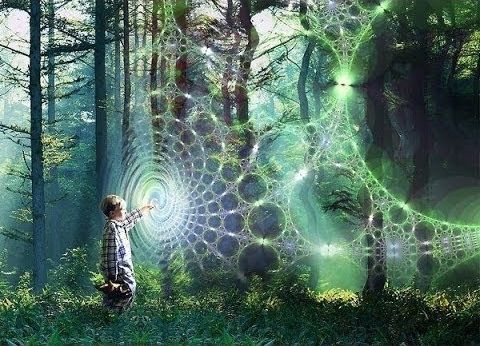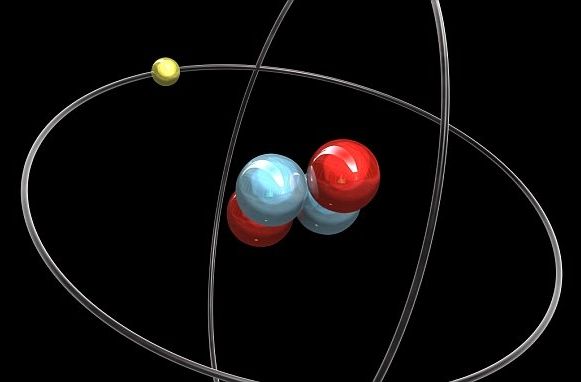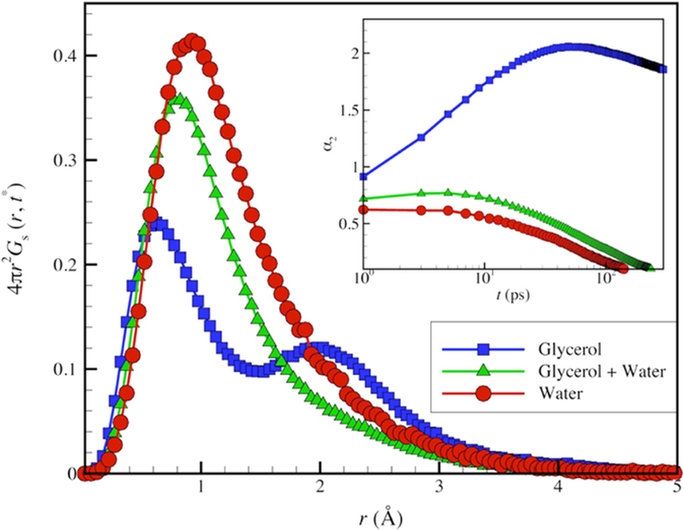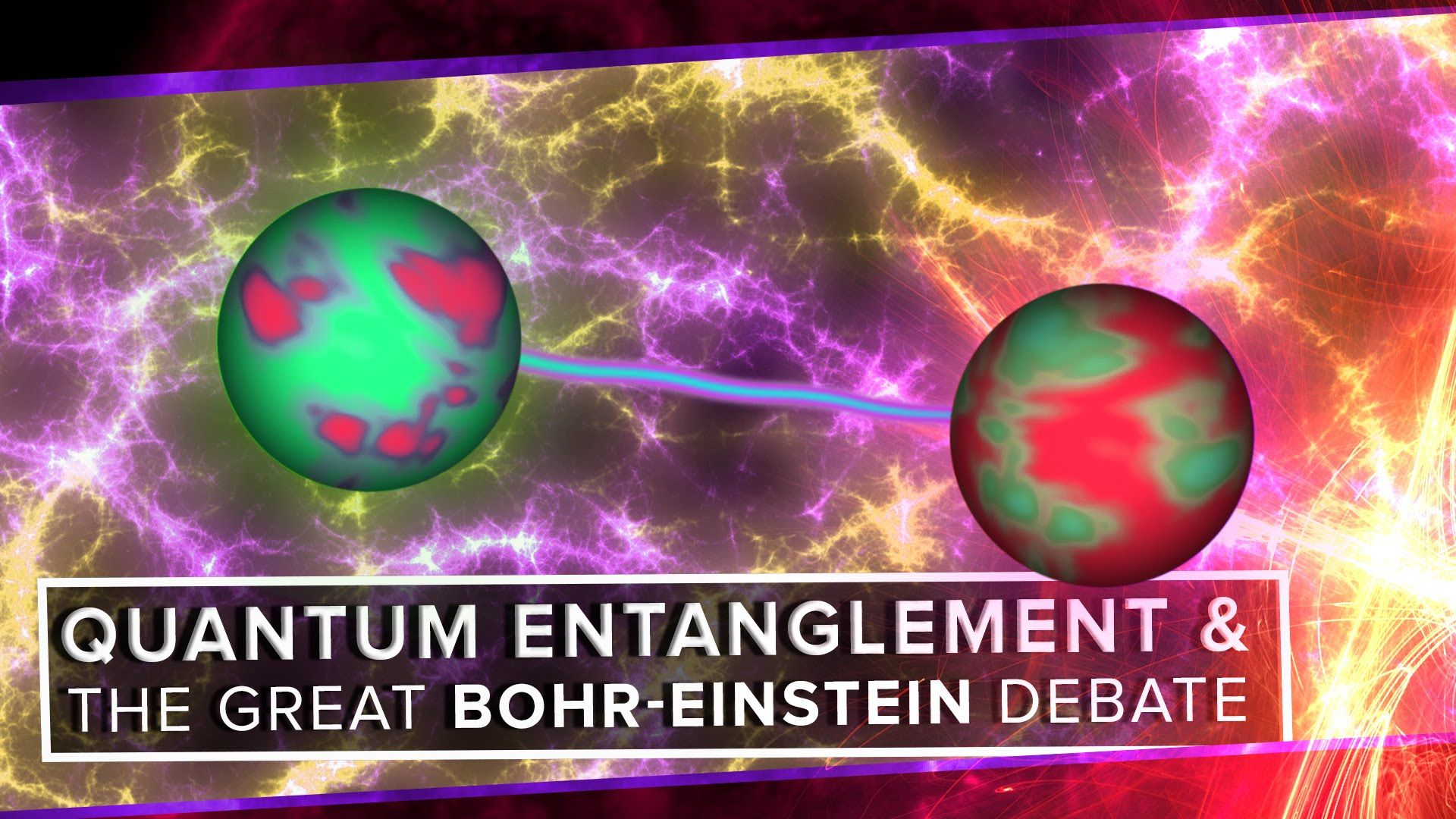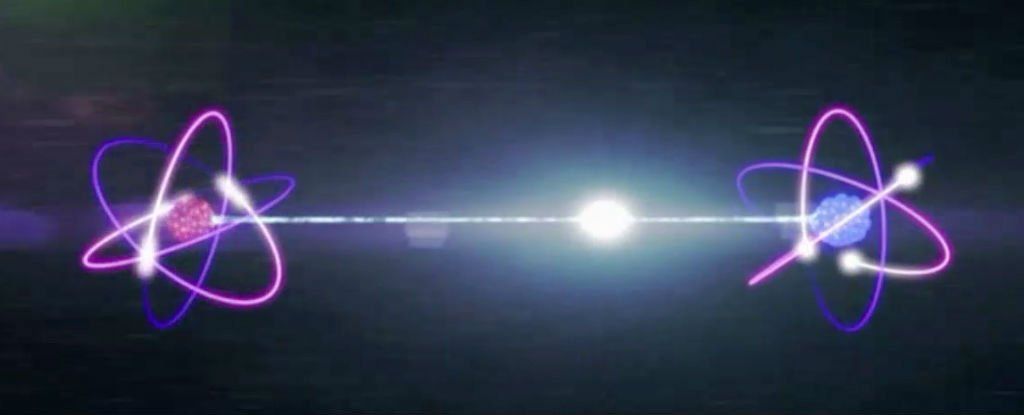Playlist: Do We Live in a Simulated Reality?
The Quantum World of Digital Physics: Can a virtual reality be real?
“Quantum physics requires us to abandon the distinction between information and reality.” Anton Zeilinger.
Part 1. Information and Simulated Reality.
Digital physicists suggest that all realities are virtual which means this is as “real ” as it gets.
Digital physics sees everything as information, it provides a different way of describing what is happening at the quantum level. Seeing as the universe appears to be composed of elementary particles whose behavior can be completely described by the quantum switches they undergo that implies that the universe as a whole can be described by bits. Every state is information and every change of state is a change in information. From this it can be said that the history of the universe is in effect a huge and ongoing quantum computation.
